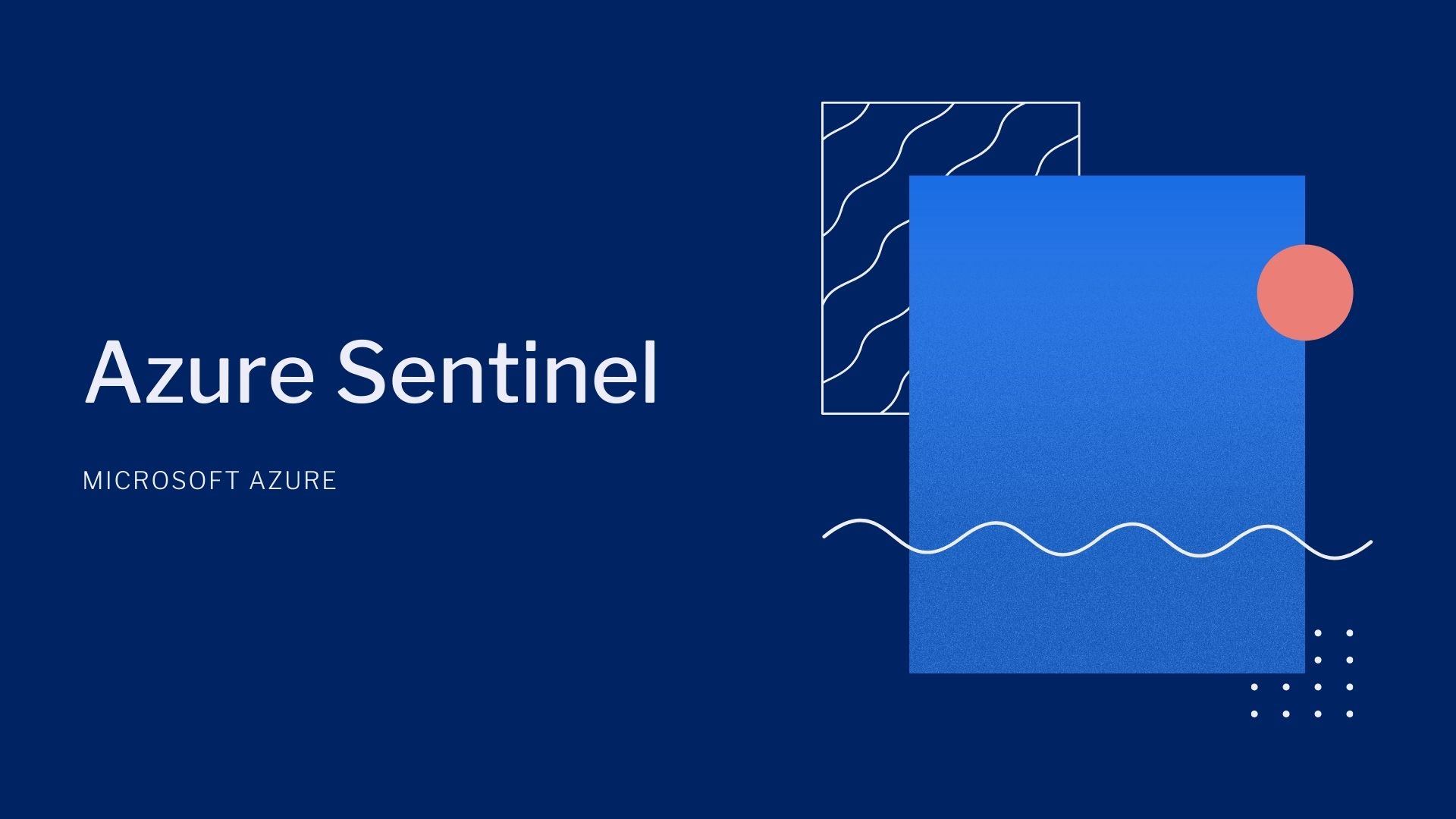
- AZURE SENTINEL NETFLOW HOW TO
- AZURE SENTINEL NETFLOW INSTALL
- AZURE SENTINEL NETFLOW PATCH
- AZURE SENTINEL NETFLOW WINDOWS
Open the Log Analytics Workspace in Azure Portal, select Logs and query for Ubiquiti_CL: And the OMS Agent is pushing those logs to Azure Sentinel’s Log Analytics Workspace. Your Unifi controller (Cloud Key, Cloud Key Gen 2, UDM-Pro) is sending logs to your Linux VM. You have a Linux VM with the OMS Agent running. The infrastructure configuration is now complete. Step 4: Verifying that logs are visible in your Log Analytics Workspace If you made a typo in your nf, then the logs will tell you that the omsagent instance could not bind to the port you’ve selected. Now, within /var/opt/microsoft/omsagent/log you can tail omsagent.log to see if your messages are being sent properly.
AZURE SENTINEL NETFLOW INSTALL
Within Azure Sentinel, select Solutions (preview) and install Ubiquiti Unifi (Preview). Step 3: Initiating Unifi solution configuration in Azure Sentinelīefore we can complete the Syslog configuration, we need to configure Azure Sentinel next. In UDM-Pro, which I’m using, it’s as simple as logging in and under settings selecting the remote host.ĭesignate a port also. Next, we need to configure our Unifi controller to ship logs to the Linux remote host. Perhaps a good idea to configure the VM with a static (fixed) IP address also! Step 2: Configuring the Unifi controller The first rule allows me to fiddle with the server over SSH, and the other rule is that I will leave it in production. I then configured the networking rules to allow traffic from my home network in a custom port to the Linux VM. That is 2 vCPUs and 8 GB of RAM, costing me about ~55 € a month. I provisioned a single VM with the Ubuntu 20.04 LTS image and selected Standard B2ms for size.
AZURE SENTINEL NETFLOW PATCH
This way, I don’t have to worry about crucial logs getting lost if I choose to reboot or patch my Hyper-V hosts. I opted to build a Linux-based virtual machine and host it in Azure.
AZURE SENTINEL NETFLOW WINDOWS
You can choose to use a Windows or a Linux server – either hosted locally or in Azure. How it works is that your Unifi controller will ship all logs to a standard Syslog service, and that service will then relay the logs to Azure Sentinel. Step 1: Provisioning a Syslog serverįirst, we need a place to host our Syslog server. Until today, when Microsoft did the heavy-lifting for me. I’ve thought about building the connector between Azure Sentinel (the SIEM solution in Azure) and Unifi but never got around that. The devices gather plenty of logs via my Wi-Fi access points, switches, firewalls, threat management, and other services.

As you might recall, I run an Unifi-based network at home. Today, Microsoft published a preview solution for connecting logs from Unifi hardware to Azure Sentinel. I’ve previously written about getting started with Azure Sentinel, so if you’re not familiar with the service yet, take a look! In essence, a SIEM solution pulls all relevant log data and events into a single place and allows you to identify possible risks, threats, and malicious activity. I run Azure Sentinel in all of my Azure environments – it’s a SIEM solution, which stands for Security Information and Event Management. This is one of the more enjoyable projects I’ve done recently during my spare time. We finally store the logs in QRadar, but we use Sentinel for Azure-specific rules and then integrate the incidents into QR.Thanks for reading my blog! If you have any questions or need a second opinion with anything Microsoft Azure, security or Power Platform related, don't hesitate to contact me. Subsequently, we integrate them into the QR see. We have this scenario deployed and it is for selected sources (Exchange, Teams, risk signins, etc.) and we monitor them via buildin rules in Sentinel. This keeps you up to date with integration, data parsing and current buildin rules.
AZURE SENTINEL NETFLOW HOW TO
I recommend installing another extension "Microsoft Azure Security Center Connected Assets & Risks Connector" ( ), which allows you to monitor other risk events via ASC and integrate assets that are not yet parsed into the QR.Īnd probably the best scenario how to solve issue with Azure log data is to run side-by-side QR + Sentinel and use Azure Sentinel and turn on Data Connectors for Azure specific resources. If I understand your question correctly you are looking to extend existing parsers to QR without having to implement custom properties.įor this IBM has published the "IBM QRadar Content Extension for Azure":


 0 kommentar(er)
0 kommentar(er)
